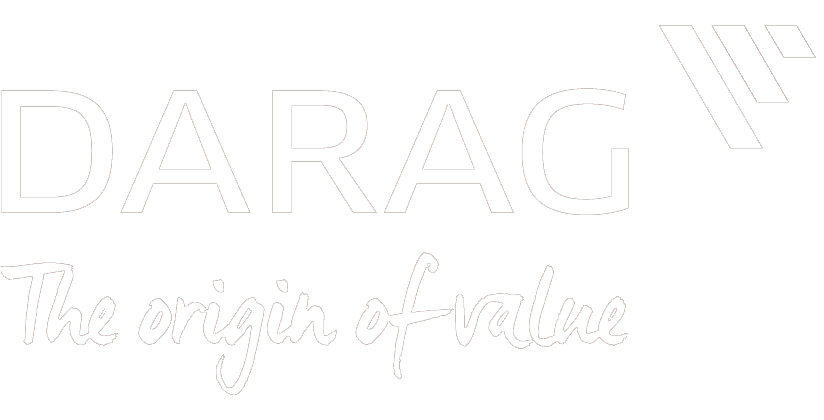We all suffer from unconscious bias.
Neuroscientists believe that more than 99% of the decisions we make and the actions we take are outside our conscious awareness. Most of the time we operate on autopilot – relying on deep-in-the-brain biases, preferences and assumptions that operate largely automatically.
Learning objectives
- Appreciate the importance of understanding how unconscious bias works
- Recognise our own hidden preferences, assumptions and biases
- Know how to think more critically and consciously when making decisions
- Be aware of the dangers of prejudice and stereotyping other people
- Have an action plan for how to implement the learning so it’s sustainable and transferrable
Webinar outline
Designed as a highly interactive 90-minute webinar.
1. Welcome, agenda, reflection of own unconscious biases
- Welcome, introduction to the system
- How our unconscious bias affects the everyday decisions we make
- Quick reflection activity that uncovers participants’ own unconscious biases, assumptions and hidden preferences
- Agenda and personal objectives using ‘chat'
2. Common biases
- Why humans have bias and the benefits of it in relation to making quick decisions.
- Being aware of the main biases (including Affinity Bias, Halo and Horns Effect and Confirmation Bias) so participants are able to manage them to avoid inappropriate decision-making.
3. The impact of bias on business
- The dangers of making decisions so quickly.
- How stress and fatigue affect our decisions.
- Group ‘chat’ exploring decisions participants have made in the past.
4. Managing bias effectively
- Tips on managing bias and decision-making such as questioning the decisions you make, learning more about unconscious bias and hidden preferences.
- Reflection exercise helps participants identify what more they can and will do to control and avoid poor decision-making in future.
5. Action plans and next steps
- Participants reflect on their next steps and how they will implement their learning in the workplace.
- Each person makes a commitment for what they will do differently in a group whiteboard which can be circulated to participants following the session as a reminder of their actions.











